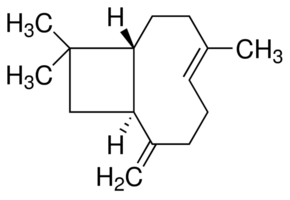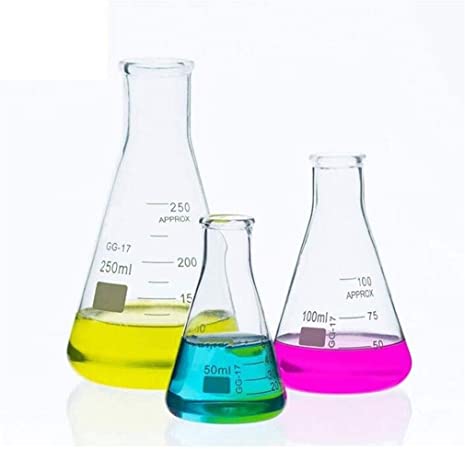| Chapitre 3 : Acids and Bases - An Introduction to Organic Reactions and Their Mechanisms |
Page |
| Acid–Base Reactions |
105 |
| How to Use Curved Arrows in Illustrating Reactions |
107 |
| Lewis Acids and Bases |
109 |
| Heterolysis of Bonds to Carbon: Carbocations and Carbanions |
111 |
| The Strength of Brønsted–Lowry Acids and Bases: KA and pKA |
113 |
| How to Predict the Outcome of Acid–Base Reactions |
118 |
| Relationships between Structure and Acidity |
120 |
| Energy Changes |
123 |
| The Relationship between the Equilibrium Constant and the Standard Free-Energy Change, ΔG° |
125 |
| Acidity: Carboxylic Acids versus Alcohols |
126 |
| The Effect of the Solvent on Acidity |
132 |
| Organic Compounds as Bases |
132 |
| A Mechanism for an Organic Reaction |
134 |
| Acids and Bases in Nonaqueous Solutions |
135 |
| Acid–Base Reactions and the Synthesis of Deuterium- and Tritium-Labeled Compounds |
136 |
| Applications of Basic Principles |
137 |

